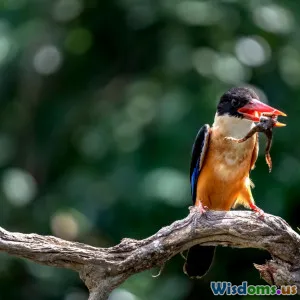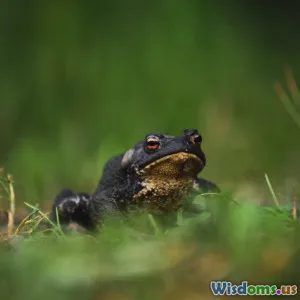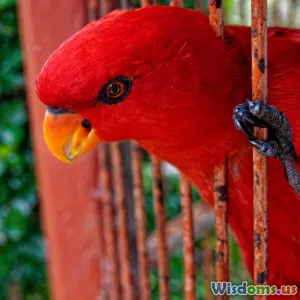
How Animal Behavior Influences Ecosystems
5 min read Explore the vital role of animal behavior in shaping ecosystems and maintaining ecological balance. (0 Reviews)
How Animal Behavior Influences Ecosystems
Understanding the intricate relationships within ecosystems requires a deep dive into animal behavior. Animals interact with their environment and each other in ways that can significantly shape their ecosystems. From foraging and social interactions to predation and migration, every behavior contributes to the ecological balance. This article will explore the various ways in which animal behavior influences ecosystems and why these interactions are vital for maintaining biodiversity and ecological health.
The Role of Animal Behavior in Ecosystems
1. Foraging Behavior
Foraging behavior is one of the most direct ways animals interact with their ecosystems. Different species have adapted various foraging strategies that not only affect their survival but also the availability of resources for other organisms. For example, herbivores like deer selectively feed on certain plants, which can lead to changes in plant communities and affect species that depend on those plants for habitat or food.
2. Predation and Its Effects
Predators play a crucial role in regulating prey populations. The presence of a predator can influence where and how prey species forage, often leading to what ecologists call a “landscape of fear.” For instance, the reintroduction of wolves into Yellowstone National Park led to significant ecological changes, as the fear of predation altered the grazing behavior of elk, allowing overgrazed areas to recover and promoting plant diversity. This illustrates the profound impact that animal behavior can have on ecosystem health.
3. Social Structures and Cooperation
Many species exhibit complex social behaviors that can enhance their survival and influence their ecosystems. Social animals like wolves, elephants, and certain primates engage in cooperative behaviors that improve hunting success, protect their young, and even help in the management of their habitats. For example, elephants are known to modify their environment by uprooting trees and creating water holes, which benefits other species in the ecosystem.
4. Migration and Seasonal Changes
Migration is another critical behavior that affects ecosystems on a larger scale. Many animal species migrate seasonally, impacting food availability and habitat use. The migration patterns of species such as salmon or wildebeest not only affect their populations but also the predators and scavengers that rely on them for sustenance. Additionally, migratory species often play a role in nutrient cycling, bringing nutrients from one ecosystem to another.
5. Interspecies Interactions
Animal behavior also encompasses interactions between different species, which can lead to mutualism or competition. For example, pollinators like bees and butterflies engage with flowering plants, facilitating reproduction while obtaining food. This symbiotic relationship highlights the interconnectedness of species and the importance of preserving both animal behaviors and their habitats for ecological balance.
Implications for Conservation
Understanding how animal behavior influences ecosystems is crucial for conservation efforts. As human activities continue to alter habitats and affect species behaviors, it becomes increasingly important to consider these dynamics in conservation planning. Protecting habitats not only safeguards species but also preserves the complex interactions that contribute to ecosystem stability.
Conclusion
Animal behavior is a driving force within ecosystems, influencing everything from population dynamics to community structure. By studying these behaviors, we gain valuable insights into the ecological roles of various species and the importance of maintaining biodiversity. As we face global environmental challenges, recognizing and preserving the intricate relationships shaped by animal behavior will be essential for fostering resilient ecosystems.
Understanding these connections enriches our perspective on conservation and underscores the need for informed strategies that account for the behaviors of the species we aim to protect.
Rate the Post
User Reviews
Popular Posts





















